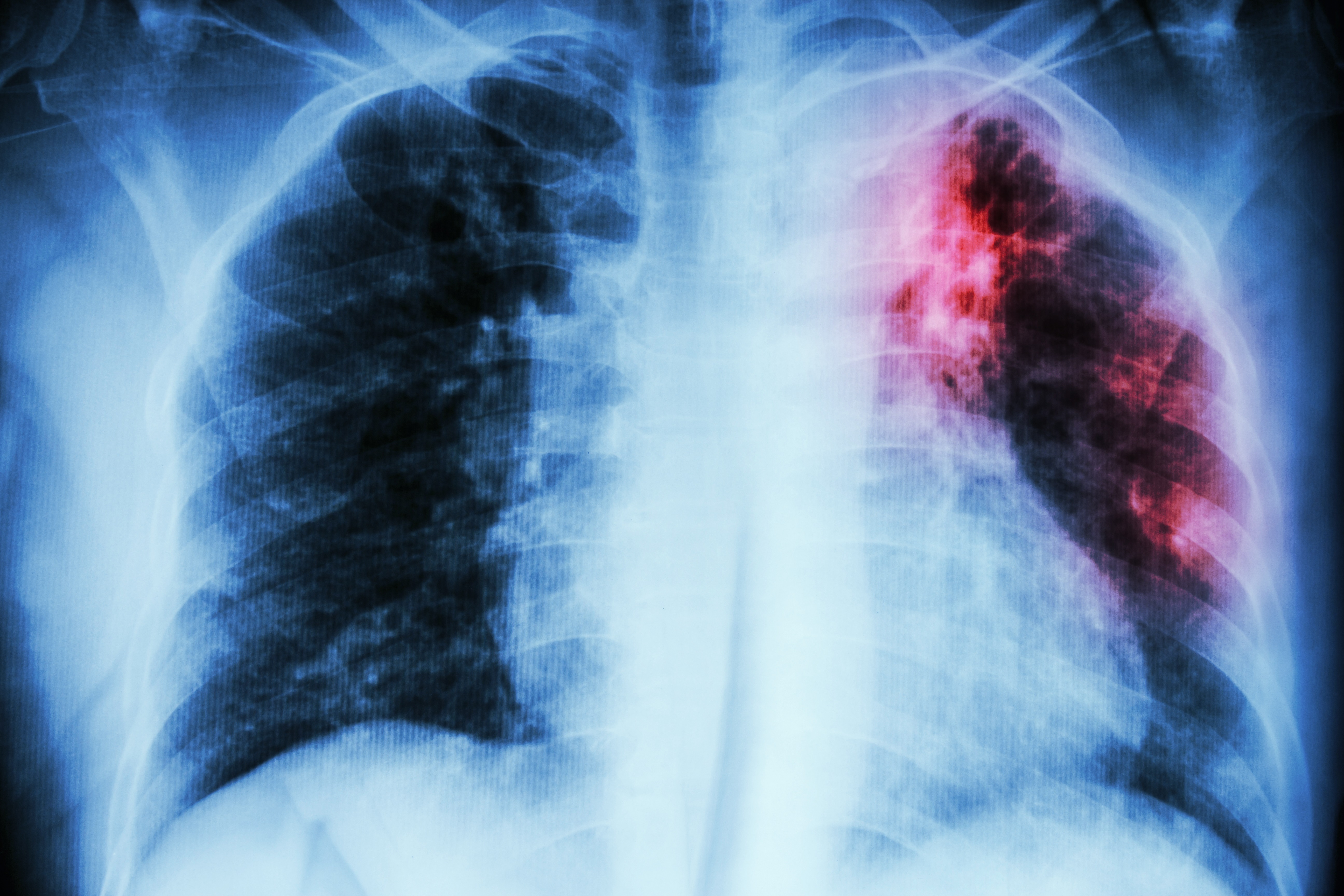Intravenous Antibiotic Therapy Found To Improve General Quality of Life of Cystic Fibrosis Patients
Written by |

A new study on the association between proteases and anti-proteases during Cystic fibrosis entitled “Changes of Proteases, Antiproteases, and Pathogens in Cystic Fibrosis Patients’ Upper and Lower Airways after IV-Antibiotic Therapy” was published this June in Mediators of Inflammation.
Cystic fibrosis (CF) is the most frequent fatal autosomal recessive genetic chronic disease in the Caucasian population and is caused by mutations in the cystic fibrosis transmembrane conductance regulator (CFTR, 7q31). The airways of CF patients are frequently colonized by pathogens that cannot be successfully cleared due to the ion channel mutations and the resulting viscous secretions. This leads to chronic pathogen colonization and inflammation in airways leading to progressive pulmonary destruction that is the main cause of higher morbidity and mortality in CF. The most frequent colonizing pathogens are Staphylococcus (S.) aureus and Haemophilus influenzae that are frequent in the first few months of life and gram-negative microorganisms such as Pseudomonas (P.) aeruginosa that persistently colonizes the lungs in 70–80% of adult with CF. Chronic inflammation in the CF airways is characterized by an imbalance of proteases and anti-proteases, such as neutrophil elastase (NE) and secretory leukocyte protease inhibitor (SLPI) or matriz metalloproteinase (MMP-9) and tissue inhibitor of metalloproteinase-1 (TIMP-1).
The research team had already performed a previous cross-sectional study where proteases and anti-proteases associations were compared in the upper and lower airways (UAW and LAW). In the present longitudinal study the researchers analyzed the changes of proteases and anti-proteases in sputum and nasal lavage (NL) together with variations in pathogens detected with conventional microbiological methods in both upper and lower airways. The authors quantified the levels of MMP-9, TIMP-1, SLPI, NE, and cathepsin S in nasal lavage and sputum from individuals with cystic fibrosis before and after an intravenous therapy of 14 days with antibiotic and compared to results from healthy individuals. Moreover, they evaluated the impact of the therapy on sinonasal symptoms (health-related quality of life). The research team hypothesized that chronic imbalance of proteases and anti-proteases in upper and lower airways of patients with CF could be balanced after an intravenous therapy of 14 days with antibiotic.
Overall, the research team noted significant improvements in scores from the SNOT-20-GAV test, which is a disease-specific 20-item survey on rhino logical and common complaints, as well as in quality of life for patients with rhino sinusitis, after intravenous antibiotic therapy. In addition, scores were considerably higher compared to the scores observed in healthy controls. From these findings, the researchers determined that not only did optional intravenous antibiotic therapy improve lower airway inflammation, but also reduced individual symptoms in the lower airways and general quality of life in CF patients.






